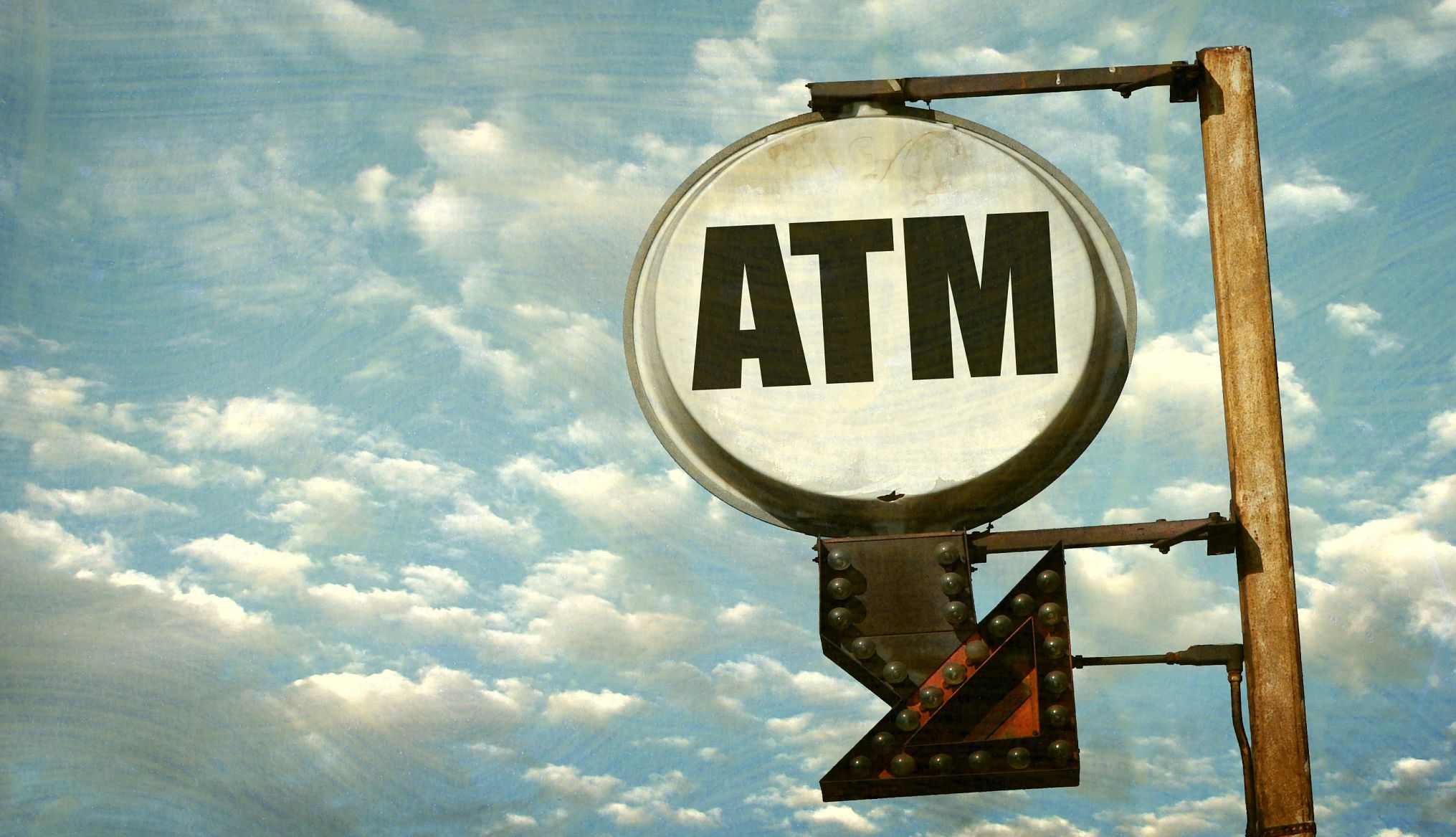AARP Hearing Center


Bank fees have fallen since the pandemic, but that hasn’t stopped consumers from spending huge sums on these added expenses. Dubbed “junk fees” by the Consumer Financial Protection Bureau (CFPB), bank fees drain billions of dollars from American households each year.
They run the gamut from charges for not having enough cash in your bank account to charges for withdrawing money from an out-of-network ATM. In 2023, revenue from overdraft and non-sufficient funds was estimated at $5.83 billion, a 24 percent year-over-year decline from 2022, according to the CFPB.
The White House wants to see those fees fall further, proposing a new rule that could slash overdraft fees to as low as $3, a far cry from the $27.08 average as of 2024, according to Bankrate. As it stands, about 94 percent of accounts are subject to an overdraft fee, which can be as high as $32.70.
The rule would apply to banks and credit unions with over $10 billion in assets, or about 175 of the country’s largest financial firms. Banks, which are expected to challenge the proposed rule, would be required to calculate and disclose an annual percentage rate on every overdraft fee. The CFPB estimates consumers will save $3.5 billion a year or more, or about $150 per household that pays overdraft fees. If the proposed rule doesn’t end up in the courts for years it will go into effect in October 2025.
It’s not just overdraft fees that are hurting American’s bank accounts. ATM fees are also up, with the average ATM surcharge at $3.19, according to Bankrate. Meanwhile, the average combined ATM fee for an out-of-network withdrawal (the fee paid to your own bank as well as a surcharge levied by the ATM owner) is $4.77, up for the fourth year in a row.
Consumers don’t have to wait for rules and regulations to pass. According to Greg McBride, chief financial analyst at Bankrate, bank fees, while “still as ever present as they have been, ... are also more avoidable than ever before.”
If you’re looking to reduce overdraft fees, monthly maintenance charges or fees for withdrawing cash, there are ways to do so — and they don’t require finding a new financial institution. Here’s how you can avoid the most common bank fees.
ATM Fees
Withdrawing money at ATMs is all about convenience, which is why so many consumers go to the nearest location, even if it’s not in their bank’s network. Sure, withdrawals are free at your bank’s ATMs, but if you need cash in a pinch and there is none nearby, the fees for using out-of-network ATMs can add up. To avoid these fees, do the following:































































More From AARP
These Retailers Won't Accept Paper Checks
Find out if your favorite store is on the list99 Great Ways to Save 2024 Edition
Make your money work harder for you — and save on entertainment, health care and groceries
Can You Pass the Retirement Fluency Test?
U.S. adults score low on financial literacy quizRecommended for You